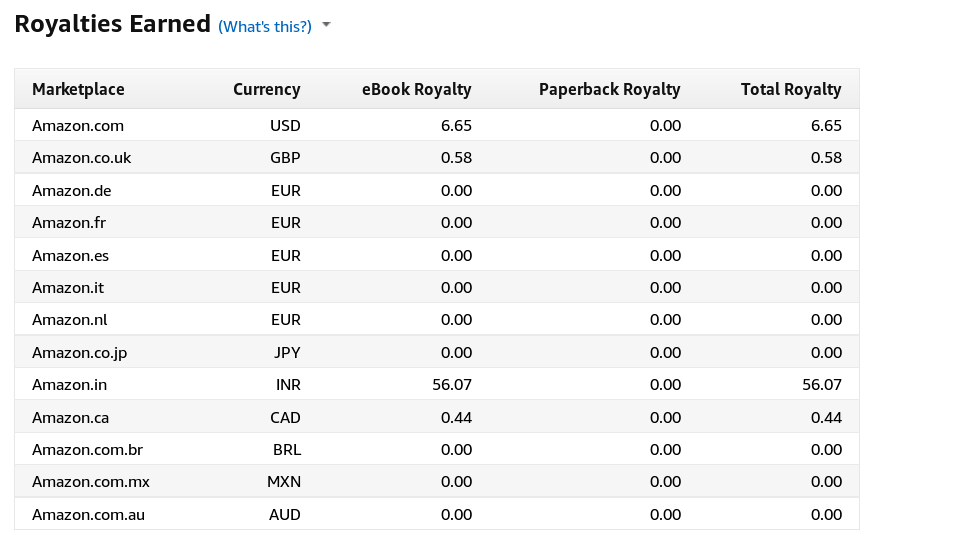I wrote a book
A few months ago while stunningly bored I decided, in a massive fit of hubris, that I was going to write and publish a technical book. I wrote a pile of notes and todo items and after a good nights sleep decided it’d be a lot more work than I had time for. So I decided to repurpose Puppet CookBook and try going through the publication process with that instead. But (disclaimer) with a different title as there is already an excellent real book called Puppet Cookbook that goes in to a lot more depth than my site does.
My Puppet CookBook has always been a hand built site. It’s ruby, erb templates and currently uses blueprint for the CSS. My hope was to just add another small wrapper and some slightly modified templates and pass that to a tool that actually knows how to format ebooks. Which ended up being very close to what actually happened. I did some research on both asciidoctor and pandoc and ended up using the latter, mostly because its desired input format was closest to how I already produce the site.
Completely skipping the monotonous updating and rewording of a number of recipes part of the process we soon get to the interesting part, tooling. I generated markdown from my own tooling (but as one massive file instead of many pages) and then ran pandoc against it and some supporting information, such as a cover image and book specific material. The actual commands look a lot like this:
#!/bin/bash
set -xue
book=$foo.epub
# generate the raw markdown text from my custom template
bundle exec ruby -I lib bin/build-markdown.rb > ebook/book-source.md
# Generate the ebook itself
pandoc \
-t epub3 \
-o ebook/$book ebook/metadata.yaml ebook/introduction.md ebook/book-source.md ebook/changelog.md \
--table-of-contents --toc-depth 2 \
--epub-cover-image ebook/${book}-cover.png
# open the reader to see if it looks... passable
FBReader ebook/$bookOnce the book was generating, and looked readable, it was time to attempt submitting to see what else I was missing. I’m not going to detail all the text fields you have to complete when submitting, as it’s dull, self-explanatory and will probably change over time. It is worth noting that uploading the epub here is the first time I actually received any feedback on how valid my submission was. And it very much wasn’t. While Amazon does offer their tool chain on Linux it’s all pre-built 32 bit binaries. Even when I managed to make them run they didn’t return any errors and seem to be validating off old versions of the ebook specs. After a few iterations of blind fix and upload I had to swallow my pride and ask a friend to use his Apple laptop to run some of the Amazon publishing tool chain, such as Kindle Previewer, for me so I could see the reasons my submission was being rejected. This was worth the shame as it gave me actionable errors messages and cut the cycle time down significantly.
Once the previewer ran clean I re-submitted the book and it went through on the first try. I then went and did other stuff for a few hours and then returned, search for the books name and ‘lo there was a page for it on Amazon.co.uk
There are still a few oddities I have no clue how royalties work when
publishing via the Amazon Kindle publisher. I think I’m now due about 3
cans of coke worth but it’d cost me more in time to figure out how to
get that sweet 2.750 than I’ll ever make from it. You don’t get a free
copy. As an author if I want to see how the book looks to customers I
have to buy a copy. You also can’t submit a book as ‘free’. If you’re
in the UK then the minimum you can sell it for it 99p. There is a way
around this, as I’d like to offer mine for free, but you need to set
the book up on another site and then have Amazon price match. Which is
a massive pain. I also had to do a lot of googling for things
like “how to insert a hard page break” in a kindle book
(<mbp:pagebreak /> for the record) but that might be an indication of
how unprepared I was.
I’m not going to link to the book here, and I’m also not going to recommend that anyone actually buy it. All the material contained inside it can be seen, with actual coloured syntax, on Puppet CookBook. Which is something I state very clearly in the foreword.
I’ve found the sales numbers interesting. Firstly I’ve done zero promotion of it, and I’ve not linked to it from anywhere. The google results for it are amazingly terrible. I have problems finding it with a search engine and I wrote it. There’s also no way to see how many copies you’ve sold since release. In terms of raw numbers I think I’m still in double rather than treble digits, you can also see that I won’t be retiring on my royalties.

Writing a tech book is never going to be a retirement plan. In my case it’s even slightly worse as the material is online, free, and viewed by about 1500 unique visitors a day for the last 6 or so years. This was never intended to be anything beyond an experiment but I’ve had some nice feedback from readers and it’s something I always wanted to do so I think it was worth investing a weekend into it. The authoring and publishing technology is freely available, the process is actually quite easy (if you have something other than Linux available) and I’d heartily recommend it anyone interested.